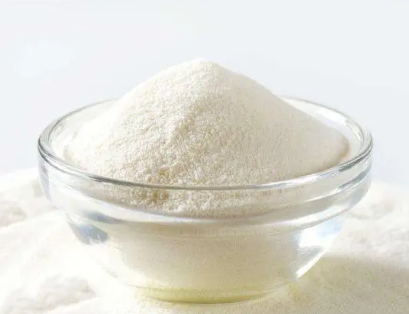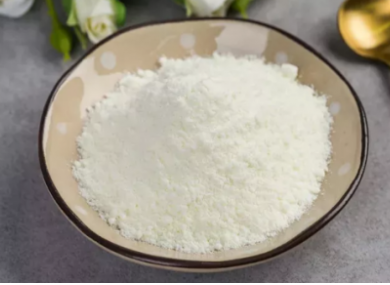Vanillin is an organic compound with the molecular formula C8H8O3. It is a phenolic aldehyde. Its functional groups include aldehyde, hydroxyl, and ether. It is the primary component of the extract of the vanilla bean. Synthetic vanillin is now used more often than natural vanilla extract as a flavoring in foods, beverages, and pharmaceuticals.
Vanillin and ethylvanillin are used by the food industry; ethylvanillin is more expensive, but has a stronger note. It differs from vanillin by having an ethoxy group (−O−CH2CH3) instead of a methoxy group (−O−CH3).
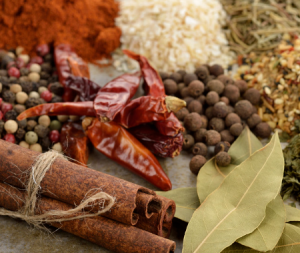
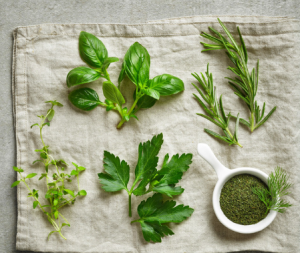
Natural vanilla extract is a mixture of several hundred different compounds in addition to vanillin. Artificial vanilla flavoring is often a solution of pure vanillin, usually of synthetic origin. Because of the scarcity and expense of natural vanilla extract, synthetic preparation of its predominant component has long been of interest. The first commercial synthesis of vanillin began with the more readily available natural compound eugenol (4-allyl-2-methoxyphenol). Today, artificial vanillin is made either from guaiacol or lignin.
In Food
The largest use of Vanillin is as a food flavoring. The use in desserts, sweet foods. Ice cream and chocolate industries takes about 75% of the market for vanillin. Vanillin other food uses such as cakes, chocolate, biscuits, and instant noodles.
In Beverage
Vanillin can be used in beverage as a flavor.
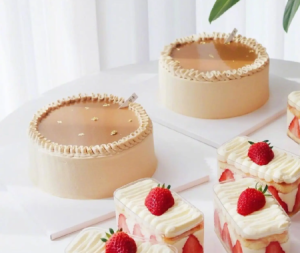
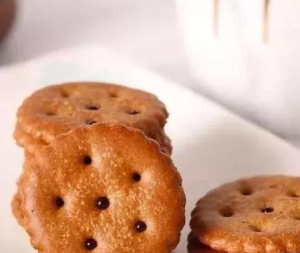
In Pharmaceutical
Vanillin is used in the preparation of pharmaceutical drugs for Parkinson’s disease, hypertension and many other drugs.
In Health & Personal care products
Vanillin is added to cosmetics to make it smell better and it is added to soap as well to make it smell better.
In Agriculture/Animal Feed/Poultry
Vanillin is used in feed industry as animal nutrition. Its characteristic vanilla taste, offering also desirable olfactive notes, acts like a key appetent for feed. It ensures traceability and supports the growth of poultry (chickens, turkeys), pigs, cattle, rabbits and fish.
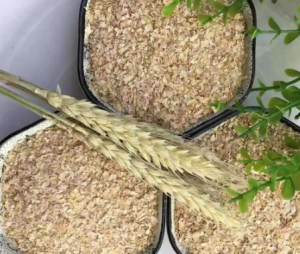
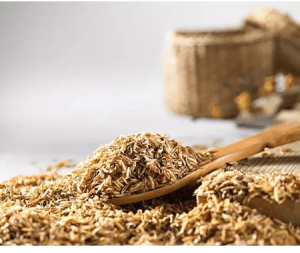
In Other Industries
Vanillin can also be used for rubbers and plastics as well. The manufacturing process of tobaccouse need vanillin as a flavouring in cigarettes. Vanillin can be added to the tobacco, cigarette paper or filter. Vanillin masks the harshness of tobacco smoke, making smoking easier.



